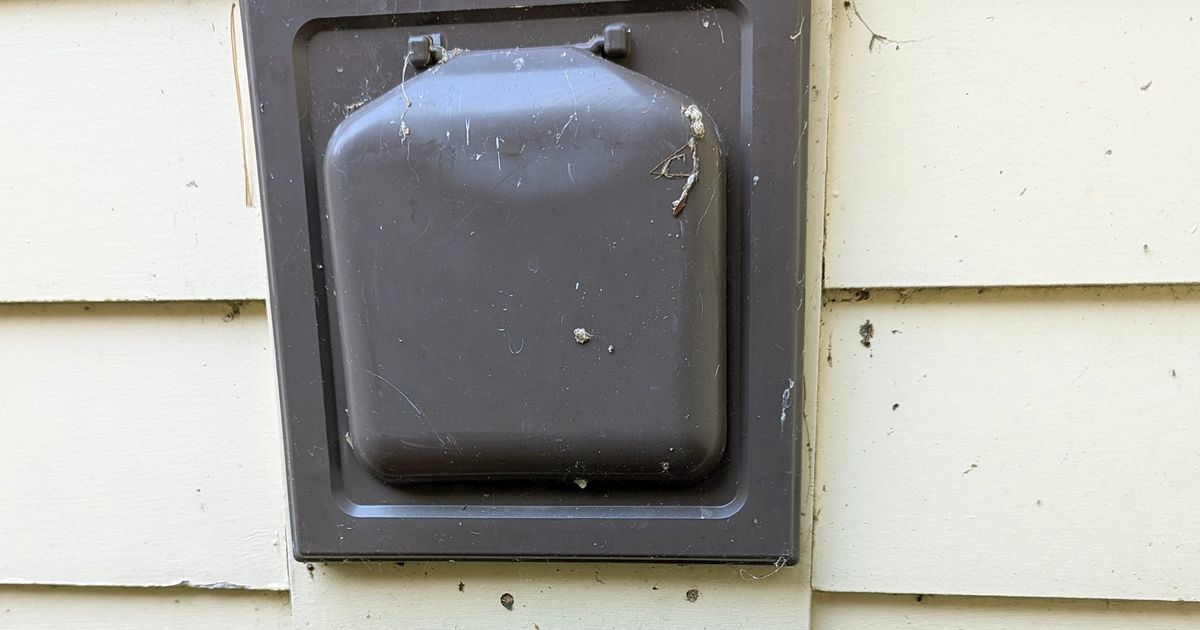**Dealing with Wood Rot: Tips and Solutions for Your Home**
Do you have wood rot happening at your home? It’s a very common problem—and, in my opinion, it’s getting worse each year. This is partly because new lumber is often more susceptible to rot, and many tradespeople neglect to coat the fresh cut ends of wood with paint or preservative.
As you might expect, clever alternative products have appeared in the marketplace to take wood rot off your plate. I’ll discuss those shortly, but first, let’s look at what causes wood rot.
### What Causes Wood Rot?
Wood rot is closely related to mold growth. Mold requires three things to thrive: a food source, mold spores, and water. These three elements are almost always present in and around your home.
– **Food Source:** Wood fibers—especially the soft, light-colored spring wood—are ideal food for wood rot fungi.
– **Fungus Spores:** These simple organisms are abundant in the environment surrounding your home.
– **Water:** Rainfall, moisture in the soil, and even water vapor in humid climates provide the moisture fungi need to start breaking down the wood.
Rot is more common on exterior wood because water falling from the sky sustains the fungi consuming your wood. Interior wood usually only rots when it gets wet and stays wet for extended periods—for example, from a leaking shower caulk joint or leaks around a toilet.
Roof leaks and improperly vented dryers or bathroom fans in attics also commonly cause rot in roof sheathing, rafters, and trusses.
### Understanding Dry Rot
Don’t mistake dry rot as a different condition. Dry rot is simply wood rot that has stopped because the water supply was cut off. Once the fungi lose their water source, they stop growing. The active rot destroys the lignin that holds the wood together, which is why dry rot wood crumbles in your hand—much like a handful of crispy oyster crackers.
### A Personal Wood Rot Experience
A few years ago, I had a wood rot issue at my own home. The builder used inexpensive exterior wood trim around all my windows and exterior doors. This trim came from hybridized trees genetically modified to grow fast, which produces large amounts of less-dense spring wood—the same vulnerable wood that fungi love.
Water from my roof splashed onto the vertical trim on each side of my exterior doors on the upper deck, causing rot.
### Repair Options for Wood Rot
I had several options to deal with the problem:
1. **Wood Epoxy Patch:**
The least expensive method was to remove the destroyed wood and patch it with wood epoxy. This works well for small areas of rot but requires some skill. Wood epoxy has the consistency of peanut butter—sticky and tough to tool—similar to applying drywall joint compound.
2. **Trim Replacement with Plastic:**
I decided the easiest solution was to cut off the bottom nine inches of the wood trim and replace it with new plastic trim of the identical size. My plastic trim will never rot.
I used a vibrating multi-tool and a jig with a 45-degree-angle cut as a guide. This created a sloped seam rather than a flat seam, which prevents water from flowing behind the trim.
After cutting the old trim, I applied two coats of exterior paint to seal the angled cut and prevent future water intrusion. Then, I made a matching 45-degree cut on the plastic trim and slid it into place. The thin mitered seam is barely visible once finished.
### Another Wood Rot Case: Oak Posts
A single mom I help has a similar issue with four huge solid-oak 8×8-inch posts supporting an exterior wall of her home. These posts sit on custom steel supports, one of which was buried under five inches of soil. The moist soil caused shallow rot extending about 1.5 inches into the oak.
I plan to carefully cut away the rot using power tools and a router with an extended bit. Then, I’ll replace the removed oak with a small length of treated 2-by-4 lumber rated for direct burial, which is chemically preserved.
Before inserting the patch, I’ll apply at least three coats of liquid copper naphthenate to the hollowed oak, and two coats to the entire post as a preventative measure. This product is easy to work with and provides good wood protection.
### Why Copper Naphthenate?
Copper is a natural biocide. Historically, sheets of copper were applied to the hulls of clipper ships and Old Ironsides to prevent barnacle growth. Barnacles cause drag and slow ships in the water, so the copper helped ships sail faster by keeping their hulls clean.
### Recommended Wood Species for Exterior Trim
When I built my last home, I used nothing but redwood trim on the exterior. Redwood contains natural chemicals that resist wood rot. Cedar also has similar natural preservatives that fungi dislike.
If you’re using wood on the exterior of a home, these are the only two species I recommend.
### Using Plastic Wood Trim
Plastic house trim is also widely available, usually in white. My son’s new house has quite a bit of it on the exterior.
You can paint plastic trim, but you must follow the manufacturer’s recommendations closely. Plastic has a high expansion and contraction rate, and dark paint increases heat absorption, which further increases movement.
Most paint cannot withstand this amount of expansion and contraction, so it may begin to peel, leading to additional maintenance headaches.
—
If you ever get stuck on a DIY wood repair or have questions, Carter offers phone coaching calls to guide you through the process. Learn more here: [go.askthebuilder.com/coaching](http://go.askthebuilder.com/coaching).
—
**Protect your home from wood rot early and thoroughly to avoid costly repairs down the road. Whether you choose treated wood, plastic trim, or rot-resistant species like redwood or cedar, proper maintenance is key.**
http://www.spokesman.com/stories/2025/oct/25/ask-the-builder-repairing-wood-rot/


